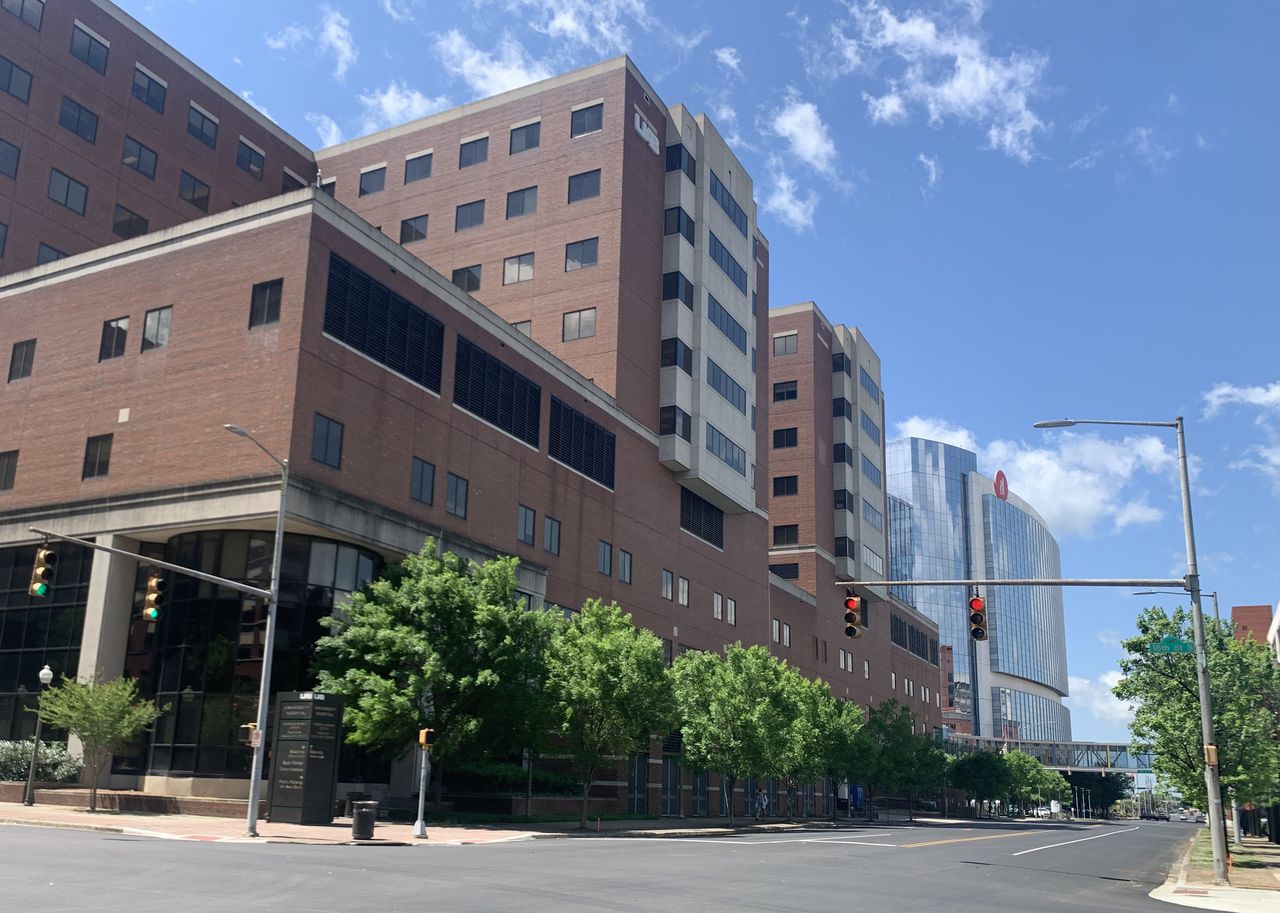Alabama doctors warn of increased youth exposures to fentanyl, opioids
Want more state education news? Sign up for The Alabama Education Lab’s free, weekly newsletter, Ed Chat.
Doctors at the University of Alabama at Birmingham and the Addiction Prevention Coalition of Birmingham are reinvigorating their efforts to educate youth about the dangers of opioids following an unprecedented increase in overdoses.
“We’re losing way too many kids,” said Dr. Rebekah Savage, an adolescent medicine specialist with UAB and Children’s of Alabama.
Savage said many of her young patients are coming in with accidental fentanyl exposure, meaning they took a drug that was unknowingly laced with fentanyl.
According to the Centers for Disease Control and Prevention, illicit fentanyl is up to 100 times more potent than morphine and many times that of heroin.
According to the Alabama State Department of Education, naloxone, a medicine that can rapidly treat overdoses in emergency situations and is administered nasally, has been administered 15 times in schools in the first two months of this year. About 90% of high schools in the state keep naloxone on campus.
In September, a sophomore at Chickasaw High School overdosed on campus, prompting the school to go on lockdown for over two hours while police and drug sniffing dogs searched the school for fentanyl. Police later ruled out fentanyl.
Alabama experienced a 16% increase in drug overdose deaths between April 2021 and April 2022, which is considerably higher than the national average of 7% during that same time period, according to CDC.
It’s not only opioids and pain pills like percocet or oxycontin that doctors are seeing laced with the fentanyl, which can cause respiratory distress and death when taken in high doses, but they have also been seeing patients come in with fentanyl exposure from drugs like Xanax and marijuana for the first time.
“Just among my patients, I’ve had two in the past three weeks that have smoked marijuana that has been sprayed or somehow infiltrated with fentanyl,” said Savage, adding that the cases were primarily in Cullman and Etowah counties. “So it’s a huge area of education for not only youth but the whole community at large needs to know that fentanyl is being found in all different kinds of drugs.”
While the Addiction Prevention Coalition of Birmingham is mostly focused on prevention, including peer-led groups where the organization trains leaders of those groups to have conversations about drugs and alcohol as well as educating parents about how kids are accessing drugs through social media, doctors are also advocating for more widespread use of naloxone in the community and in schools.
“Just like some of our cardiac arrests that are very unusual happen on sports fields and we have [a defibrillator], a much more likely event in the current drug crisis is an overdose on school campus,” said Dr. Ellen Eaton, associate professor of medicine in the UAB Division of Infectious Diseases.
“So if we are doing interventions on campus like having [defibrillators] for cardiac arrest, we absolutely need to have naloxone on campus for teachers, families and students and we need to educate them on how to use naloxone. As I mentioned, it is very safe and many of our young people are going to have experience with opioid use disorder.”
Nearly 22% of Alabama students said they took prescription pain medicine without a prescription, according to the state’s 2019 youth risk behavior survey, while about 10% said they’d tried either heroin or methamphetamine and 30% said they’d used marijuana.
Lately, the number of overdoses in kids “has been higher than anything that I have experienced,” said Carie Wimberly, executive director of the Addiction Prevention Coalition of Birmingham, who also noted that “this growth of laced substances is a fairly new reality for high school students.”
Wimbley and doctors at UAB are asking parents to get informed about what’s going on so they can have “educated, non-shaming conversations” with their kids and to be very cautious about the medication their family is taking.
Fentanyl testing strips, which can help detect if the opioid is present in unregulated drugs, were made legal in Alabama this summer. Some county health departments provide the strips and naloxone, as well as training on how to use the two resources.
